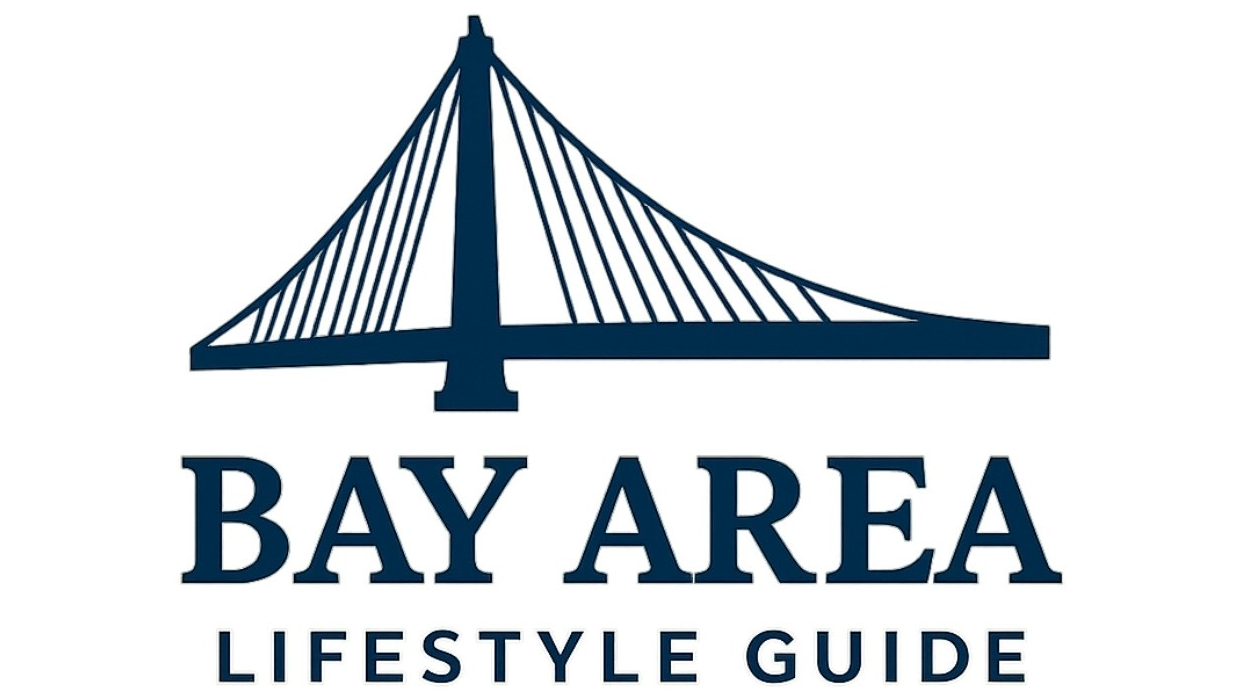
Changing the Narrative: Streets as Sites of Peace
When we walk the streets of our cities, we often see the telltale scars of cars dominating our landscapes, akin to war zones. But what if we re-envisioned these spaces as potential landscapes for peace? This idea, explored by peace and conflict studies scholar Ashton Rohmer, underscores a critical shift needed in how we think about transportation and public spaces. Rohmer argues that the impact of car culture reaches far beyond mere traffic congestion; it echoes the themes of violence and conflict that permeate our society.
The Deadly Impact of Car Culture
In an astonishing comparison, Rohmer asserts that car culture has claimed a toll greater than both World Wars combined. This drastic reality begs the question: Why do we continue to overlook the connection between violence on our roads and broader societal issues? If we are to create peaceful communities, we must first confront this relationship. Transportation is more than a method of moving from point A to point B; it profoundly affects our lives, relationships, and social structures. Rohmer's examination reveals that until we address our car-centric mindset, we will continue to overlook the dark undercurrents of violence that this system perpetuates.
Peacebuilding Starts at Home
Rohmer's research opens a new chapter in peace and conflict studies, urging practitioners to consider local issues in tandem with global conflicts. Car culture, often seen as a given in American life, can be reframed as a focal point for peacebuilding efforts. By advocating for transportation reforms that prioritize human connection over vehicular dominance, we have the opportunity to reshape public space into a platform for peace. For communities in the SF Bay Area, this transformation is not only timely but essential for a more harmonious urban environment.
The Role of Advocacy in Shaping Peace
Engaging with transportation advocacy from a peacebuilding perspective invites a host of fresh opportunities for citizens. Each public meeting or grassroots initiative becomes an avenue to address broader conflicts within our community. As Rohmer eloquently points out, conventional peacebuilding strategies often overlook substantial local issues like car supremacy, neglecting how these everyday conflicts can perpetuate societal violence. Community members in the Bay Area can play a profound role in advocating for policies that challenge the status quo and promote alternative transportation options, such as micro-mobility and public transit.
Connecting Through Art and Culture
As lifestyle-conscious adults in the SF Bay Area, our community is rich with vibrant art and culture that can be harnessed in this peacebuilding initiative. Art has long been a medium for change, telling stories that resonate on profound levels. What if public murals depicted peaceful gatherings at once-busy intersections? Or sculptures were crafted to celebrate the joy of walking over driving? Transforming our streets into exhibitions of peace reminds us that the human spirit thrives in environments that nurture connection, creativity, and wellness.
Practical Steps Toward Peaceful Streets
Here are some practical steps we can all take to participate in the peacebuilding process within our daily lives:
- Advocate for improved public transit infrastructures, ensuring accessibility for all.
- Engage with local governments to support policies that prioritize walkable neighborhoods.
- Participate in community efforts to reimagine public spaces for arts and culture events.
- Support local businesses that emphasize sustainable transportation options.
- Foster open conversations within your community about the implications of car dominance.
Each of these steps helps us collectively envision our streets not as scars of conflict but as canvases for peace.
Conclusion: Taking Action for Our Streets
As we imagine a future where our streets function as sites of peacebuilding, let's commit to taking actionable steps that promote safety, community engagement, and connection. Whether through advocacy, art, or conversation, we each have a role in transforming our urban environment for the better.
 Add Row
Add Row  Add
Add 



Write A Comment